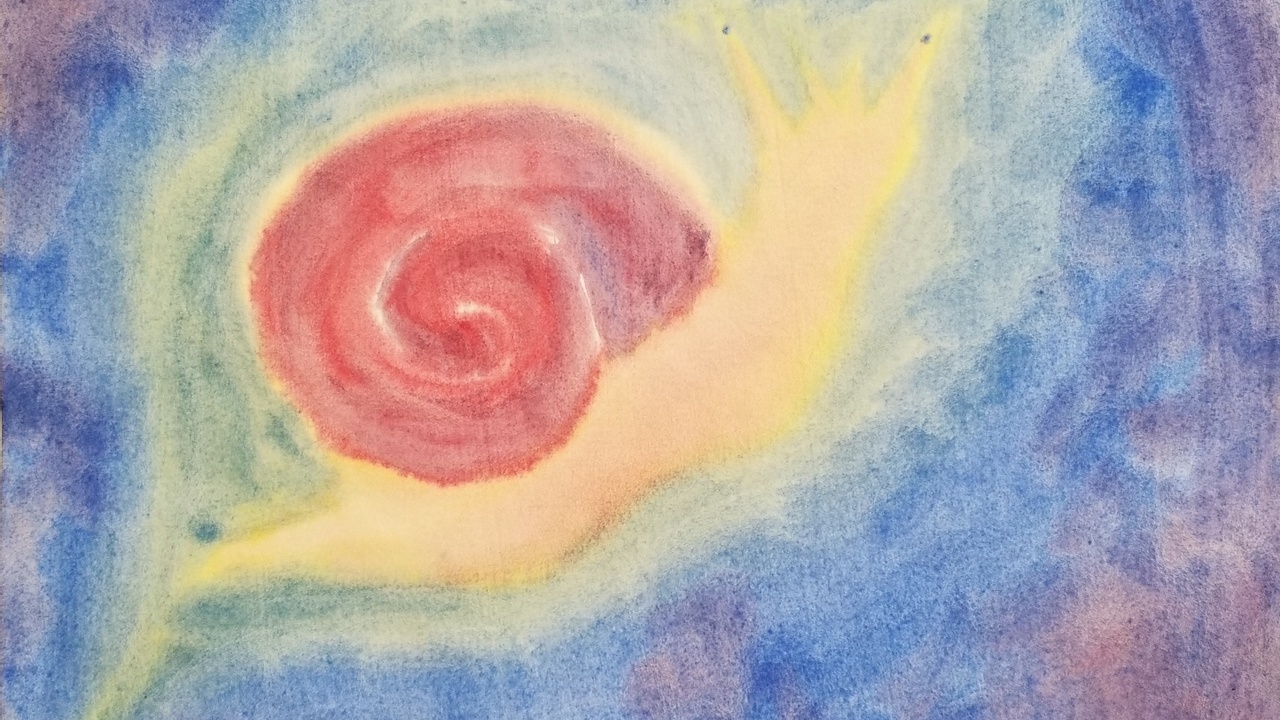The Human and Animal World
May 05, 2021
Have you had a child go through the 4th grade Human and Animal block and wonder to yourself, What the heck is a Head Animal? Or a Trunk Animal? Why teach 4th grade children about the animal kingdom in such an unusual way? Although it may seem odd at first, looking at the animal world in terms of the human body allows the students to come to a deeper understanding of what it means to be human. Just as we examined the Norse Myths with fallible gods and ambiguous morality; learned about Fractions, where the whole is broken into parts; and mapping and navigation in Local Geography to find where we fit into this complex world, at the heart of this block is the discovery of the human as a composite of the entire animal kingdom. But, we see that we have an additional gift that the animals don’t have: one of choice – to either use our skills to benefit ourselves alone, or to become stewards of the earth and help to elevate all four kingdoms of nature.
By methodically examining how a particular animal is like a human head or trunk, we introduce not only the beginnings of Zoology, but also develop a deeper sense of our own human form and function, and ultimately the moral development of the child. So, we say that a Head Animal is one who embodies qualities of the human head. For example, a snail has a hard, round shell and soft insides, like a human brain encased in a skull. Like a head riding at the top of a human body, it has a low level of physical activity, as it travels slowly and steadily through the world. A snail’s sensitive skin, eye stalks, and feelers let it take in the experiences of the world around it, just as most of the human senses are located in the head. And, so we say, the snail is a Head Animal. Trunk Animals tend to have forms that are “all body,” such as seals, snakes, lizards, and insects. Limb Animals are the birds and mammals with their specialized limbs, which are often perfected for one function - such as a bird’s wings for flight or the mole’s paws for digging – but not useful for other tasks.
At the end, we find that the human foot is specialized for standing upright and walking, which frees our forelimbs – our hands – in a way unknown to any other animal. While human hands aren’t particularly good at digging, flying, or climbing like the animals, they are excellent for creating tools – such as airplanes or shovel, or ladders - that can help us perform the specialized tasks of the animals. We realize that in this way, the human is the embodiment of all the animals at once, through the form of our head, trunk, and our amazing limbs. We discover that our human form is a gift, and the animals are teachers of valuable lessons. And, hopefully, these lessons lead the children to think deeply about the role of humans, the infinite possibilities available to us, and the beautiful world we might choose to create.
~By Ms. Andrea
We are Redefining Education!
We invite you to join us every Monday for our Q and A.
We are here to support you in living your family’s best life!
Learn more about Class 4 HERE.
Stay connected with news and updates!
Join our newsletter to receive the latest news and updates from our team. Plus you will receive additional helpful resources and a gift!
Don't worry, your information will not be shared.
We hate SPAM. We will never sell your information, for any reason.

